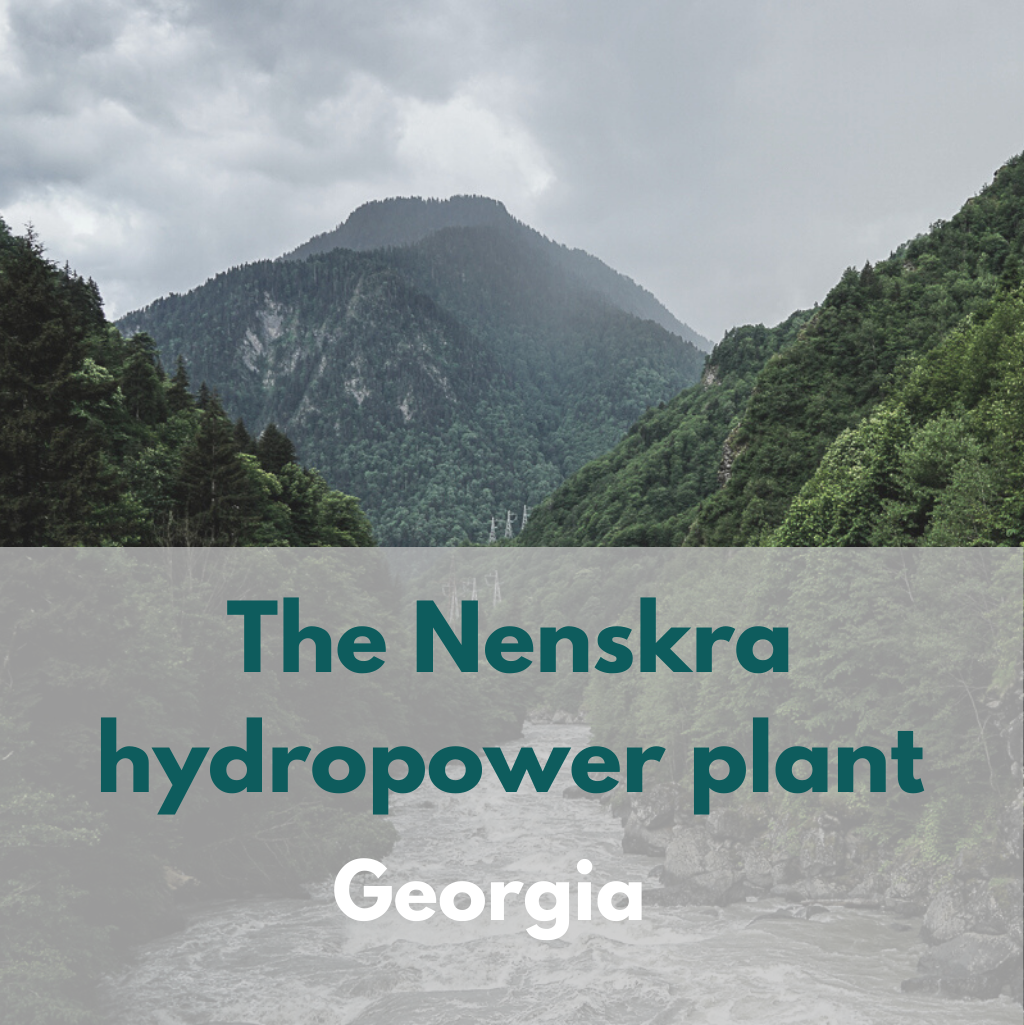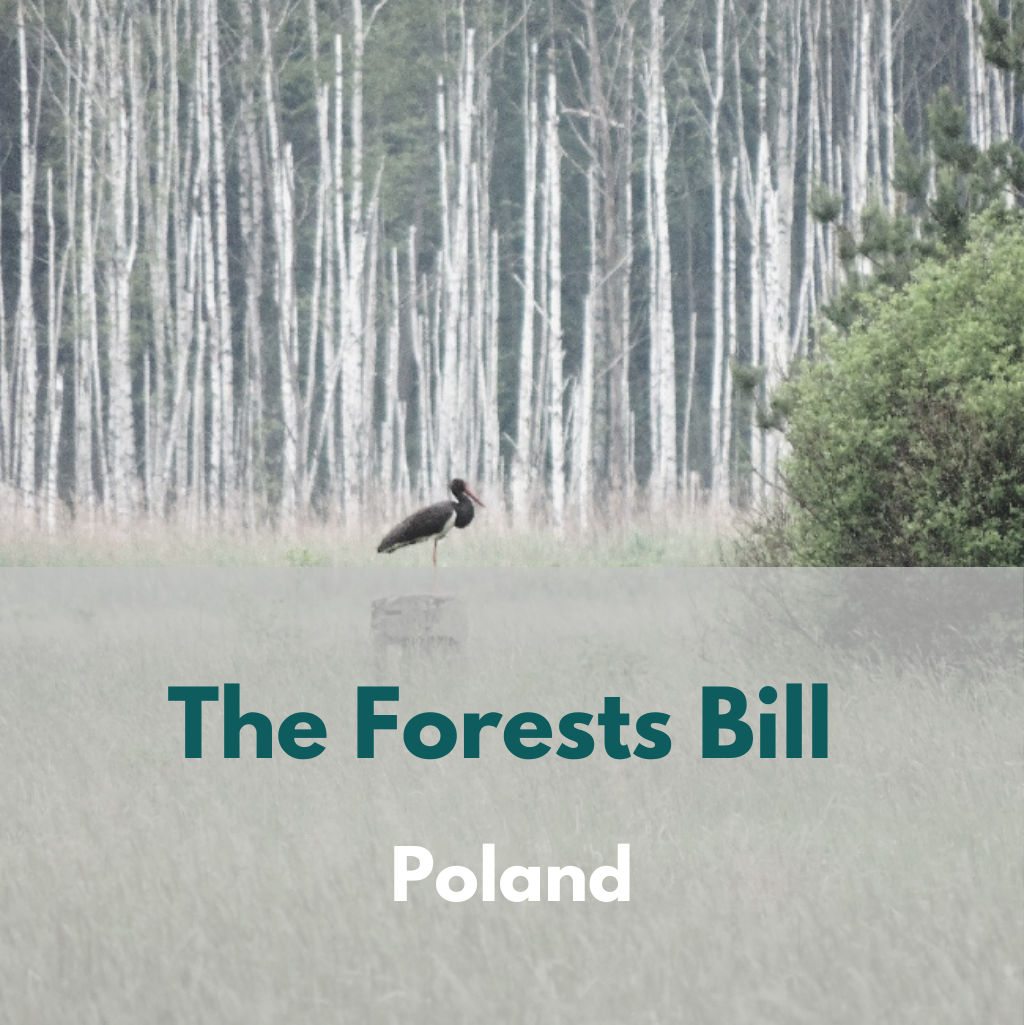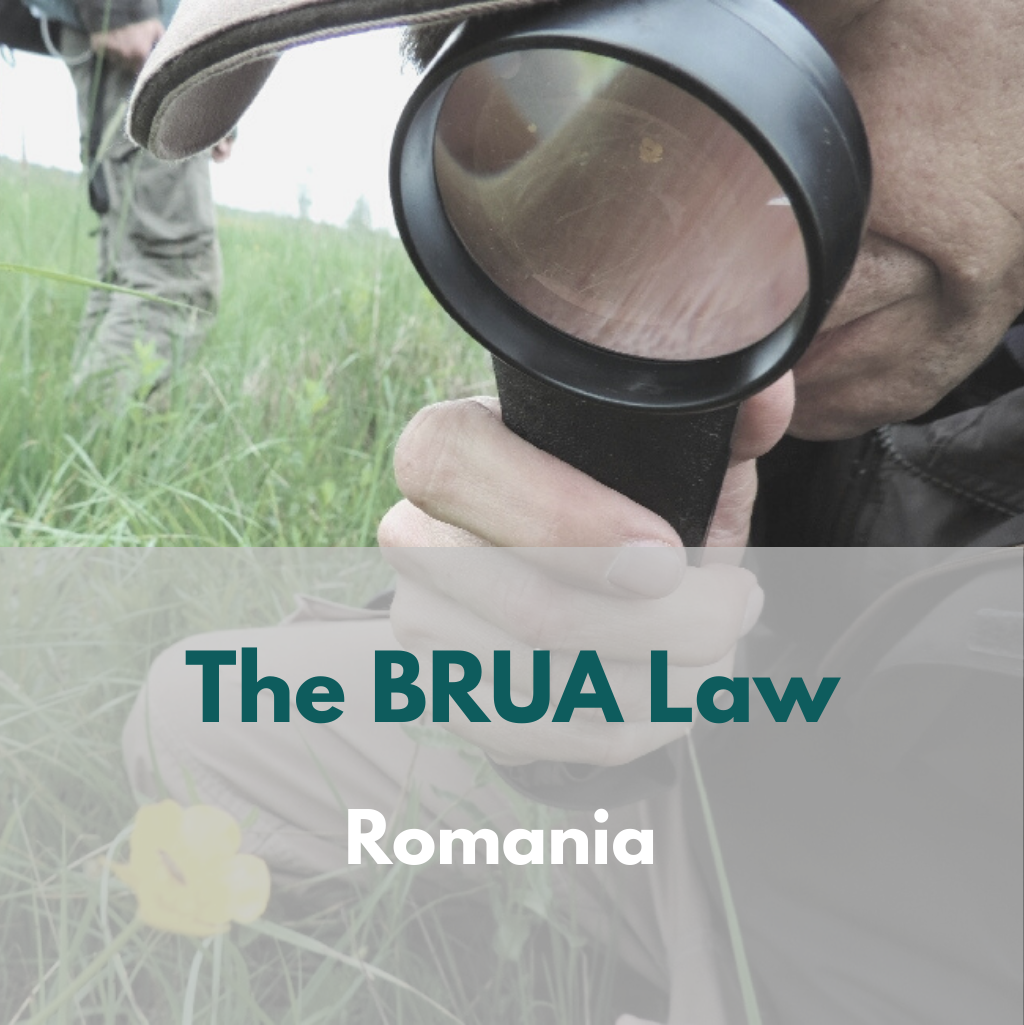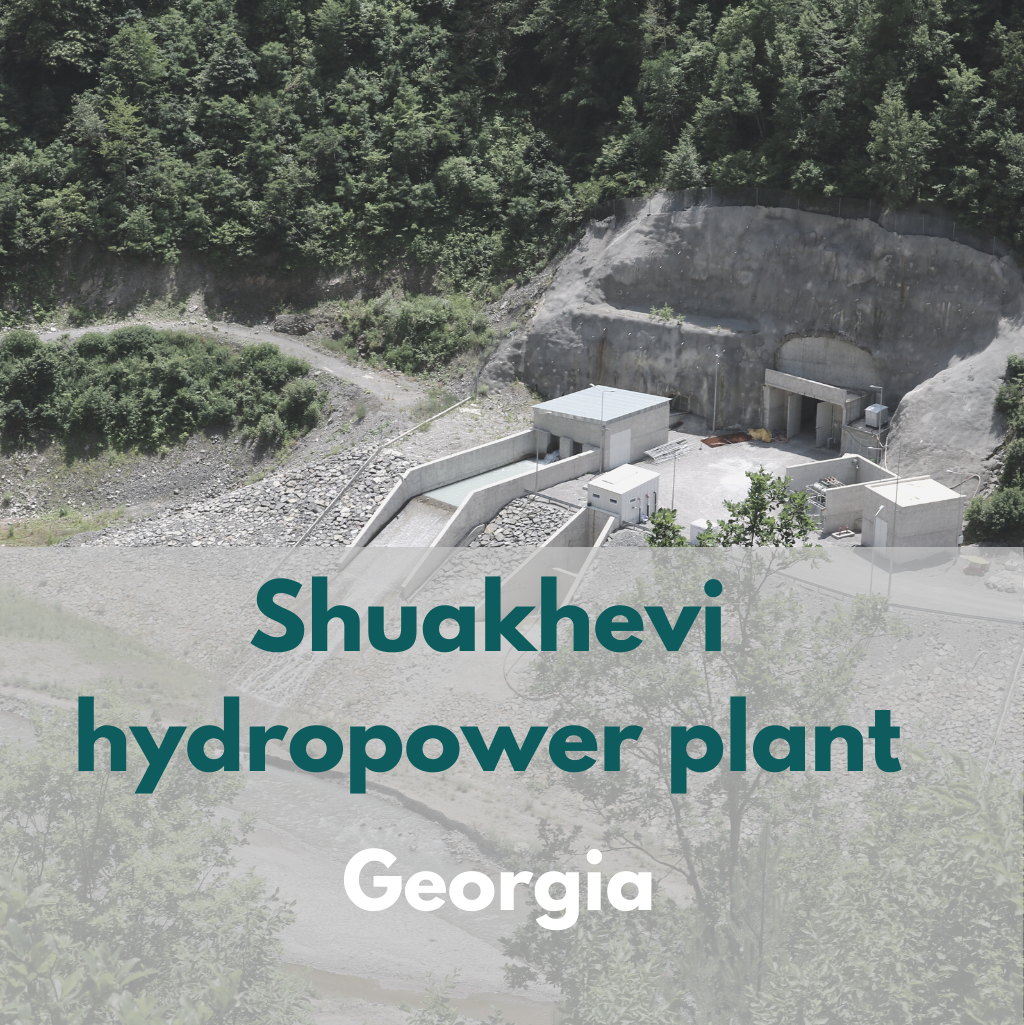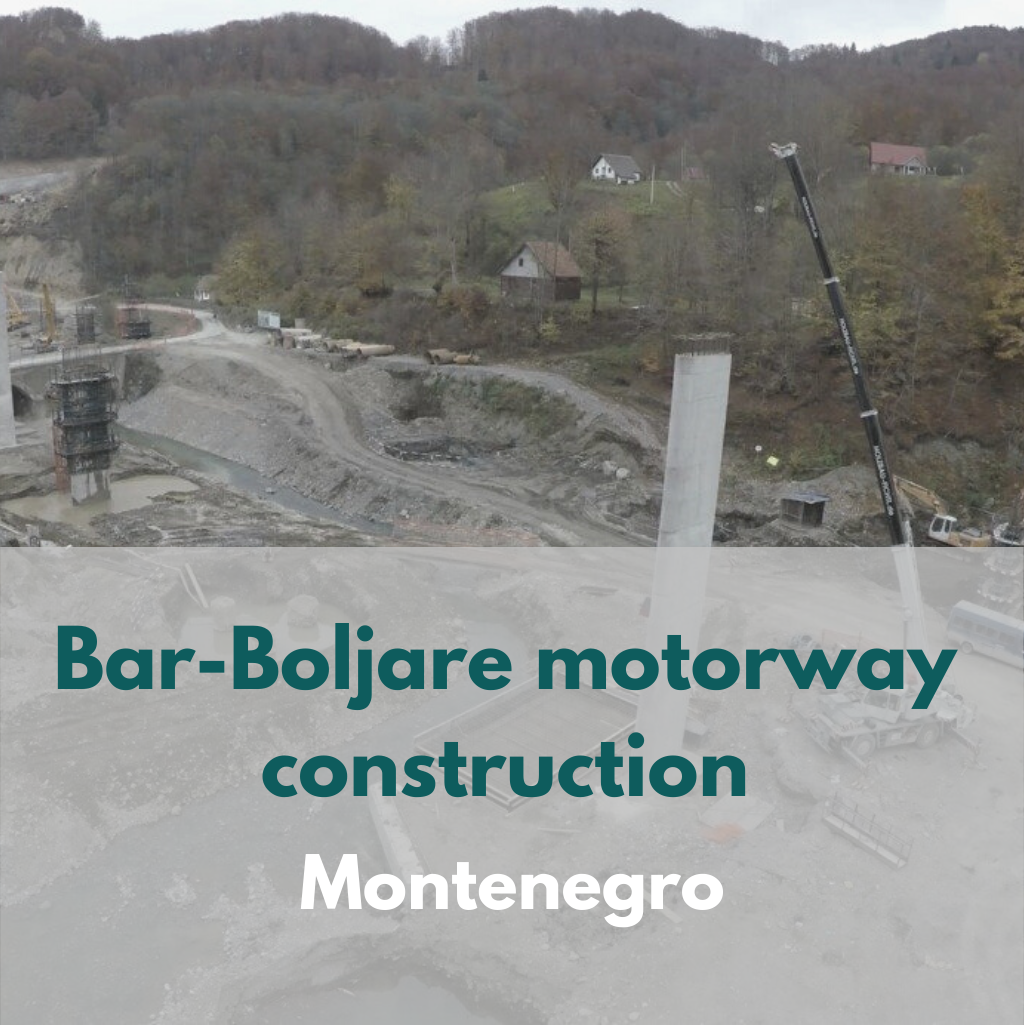Struma Motorway through Kresna Gorge
Country: Bulgaria
Kresna Gorge is situated in south-west Bulgaria. The narrow and fragile ravine is only 17 kilometres long, but it is extremely rich in terms of animal and plant diversity.
As a result, Kresna Gorge is part of the Natura 2000 network, designated as a protected haven for some of the EU’s most threatened species and habitats. It is home to hundreds of rare and threatened animal, insect and plant species that have used the Gorge as a refuge and a bio-corridor for hundreds of years. Among others, it hosts 35 EU protected habitats and 92 EU protected species, including the European wolf and brown bear, designated by EU law as requiring strict protection.
The site is unique for its location on the border between Mediterranean and continental climatic zones and its functional use for the seasonal and multi-annual migration of species included in Annex II of the Habitats Directive (such as: Testudo graeca, Eurotestudo hermanni, Rhinolophus ferrumequinum, Rhinolophus euryale, Rhinolophus hipposideros, Myotis emarginatus and Elaphe quatorlineata and Zamenis situla).
This Natura 2000 site is therefore key to the coherence and integrity of the entire Natura 2000 network in Bulgaria and Europe. The Gorge has the highest concentration of biodiversity in Bulgaria, and one of the highest in Europe. It is also an area where local people have the potential to develop tourism and sustainable agriculture.
Unfortunately, Kresna Gorge occupies a strategic location from the point of view of the construction of the Struma Motorway – a fast international road connection (Trans-European Corridor 4) aimed at improving the road network in Southeastern Europe. The motorway aims to strengthen links between the main cities in the region, as well as between ports on the Mediterranean, Ionian, Aegean and Black Seas and the heart of the EU.
The Bulgarian government has been planning the construction of the Struma Motorway since the early 2000s. The initial route of the motorway was supposed to go directly through Kresna Gorge and the town of Kresna. In 2008, based on the findings of the project’s final EIA and Appropriate Assessment (AA), it was agreed that the motorway’s route would instead be built outside of the Gorge, routed via a tunnel.
The Struma Motorway construction started in 2011 from Lot 1 of the Motorway. The European Commission made it conditional that the funding for the rest of the Struma Motorway (Lot 2 and Lot 4) would be provided only once the design and construction of the tunnel through Kresna Gorge was implemented. However, the plan for the tunnel was abandoned in 2014 under pressure from the construction companies.
Subsequently, the Bulgarian government reopened the discussion on alternative routes for the Kresna Gorge section, and on 19 October 2017 the government decided that it would construct the last remaining segment (Lot 3) of the highway along its preferred route: traffic will flow in one direction down the length of the Gorge with an opposite flow of traffic outside of the Gorge (known as the ‘G10.5’ plan). While these decisions were being made, the construction of other sections of the motorway increased traffic on the existing road in Kresna Gorge.
In 2017 and 2018, the Bulgarian government and parliament changed the laws and rules for road projects to allow special ‘fast-track approval’ for strategic projects like the Struma Motorway, in effect restricting democratic civil rights in the country. The proceedings concerning projects of ‘strategic importance’ are decided now in the first instance, and complainants are not entitled to appeal these decisions.
Thus, it is now impossible to challenge this type of activity. In the case of Kresna, NGOs made an appeal on the quality of the EIA report and the compliance of the 2017 government decision with EU law. However, their appeal was not considered by the first instance court decision in March 2018, and the Supreme Court rejected the opportunity to review the first instance court decision in October 2018.
Concerned about the possibility that national means could be used to resolve this, on 12 July 2017, a group of non-governmental organisations, including CEE Bankwatch Network, Friends of the Earth and Za Zemiata, submitted an EU law infringement complaint to the European Commission, informing it about the damaging effects of the project. In particular, the group noted, studies estimated that several protected species in Kresna Gorge would experience a 13-fold decrease in the relative abundance of their populations as a consequence of increased road traffic since the beginning of the Struma Motorway’s construction.
In September and October 2019, the Commission issued two documents that point to the serious failures in the implementation of the EU acquis on nature conservation in case of Struma Motorway construction through Kresna Gorge. The Commission also confirmed the NGOs concerns about the deterioration of natural habitats and the habitats of species, as well as the disturbance of the species in breach of Directive 92/43/EEC on the conservation of natural habitats and of wild fauna and flora (“Habitats Directive”).
On 15 January 2020, the Bulgarian Road Executive Agency informed the Commission that it had withdrawn its application for funding of the Lot 3.2 from the EU Cohesion Fund, leaving the issues raised by the Commission unaddressed. The authorities also announced that the project, in its current shape, remains a priority for the government and that they will aim to finance it from the national budget.


